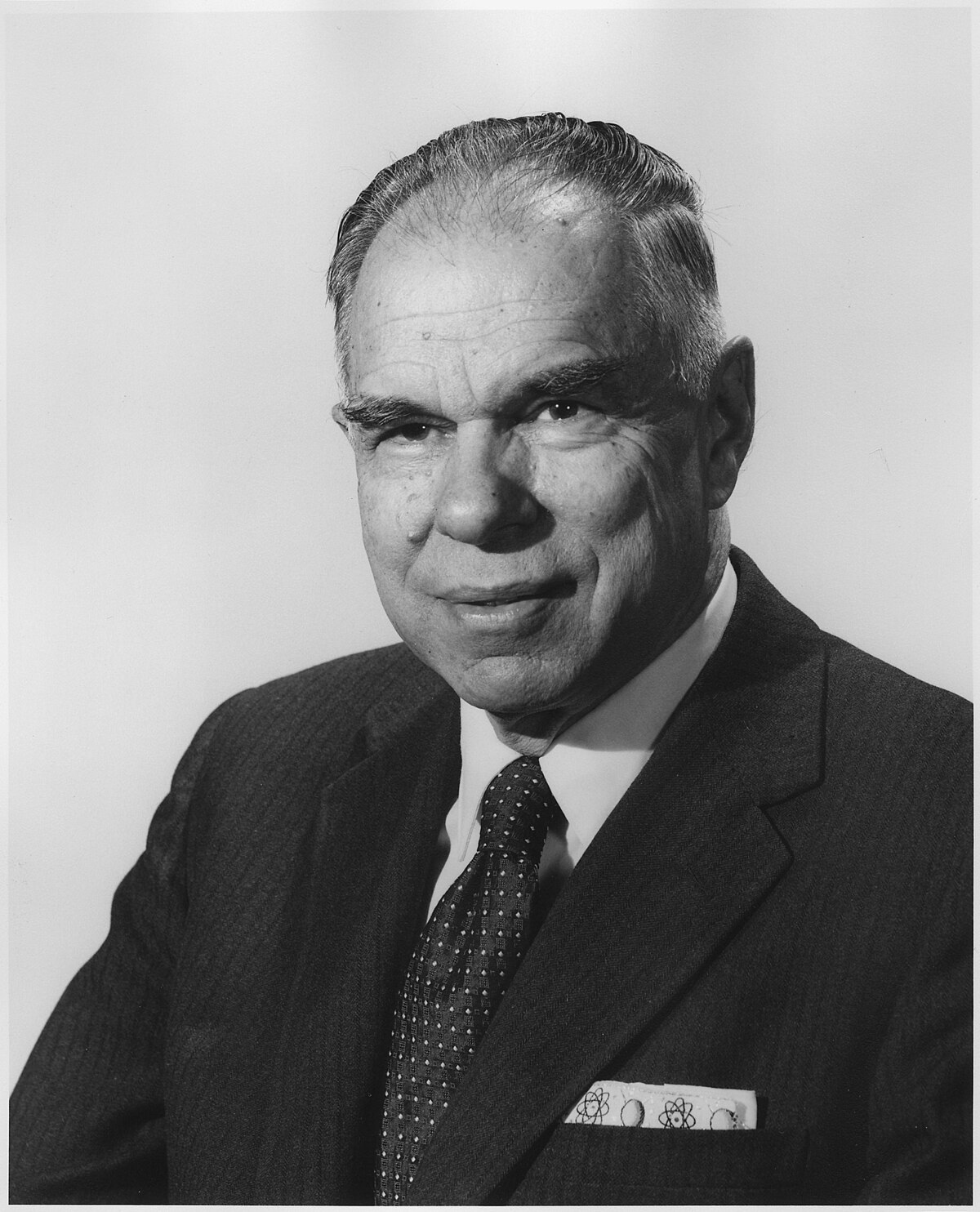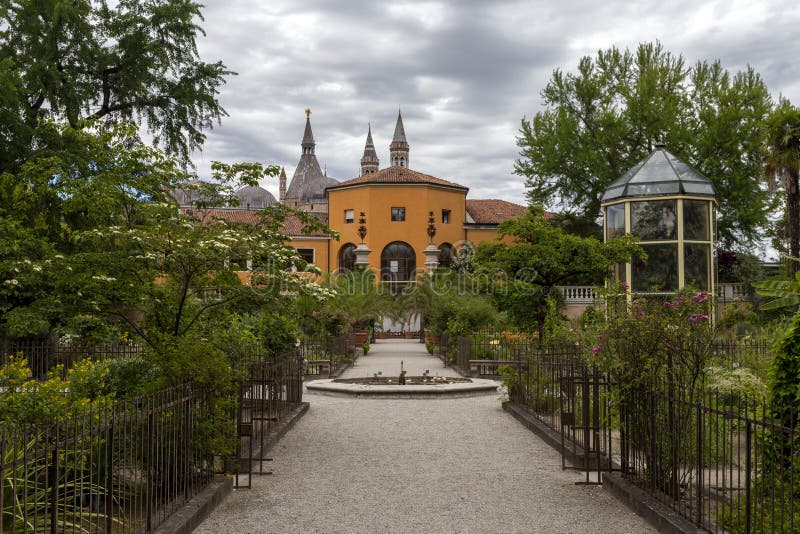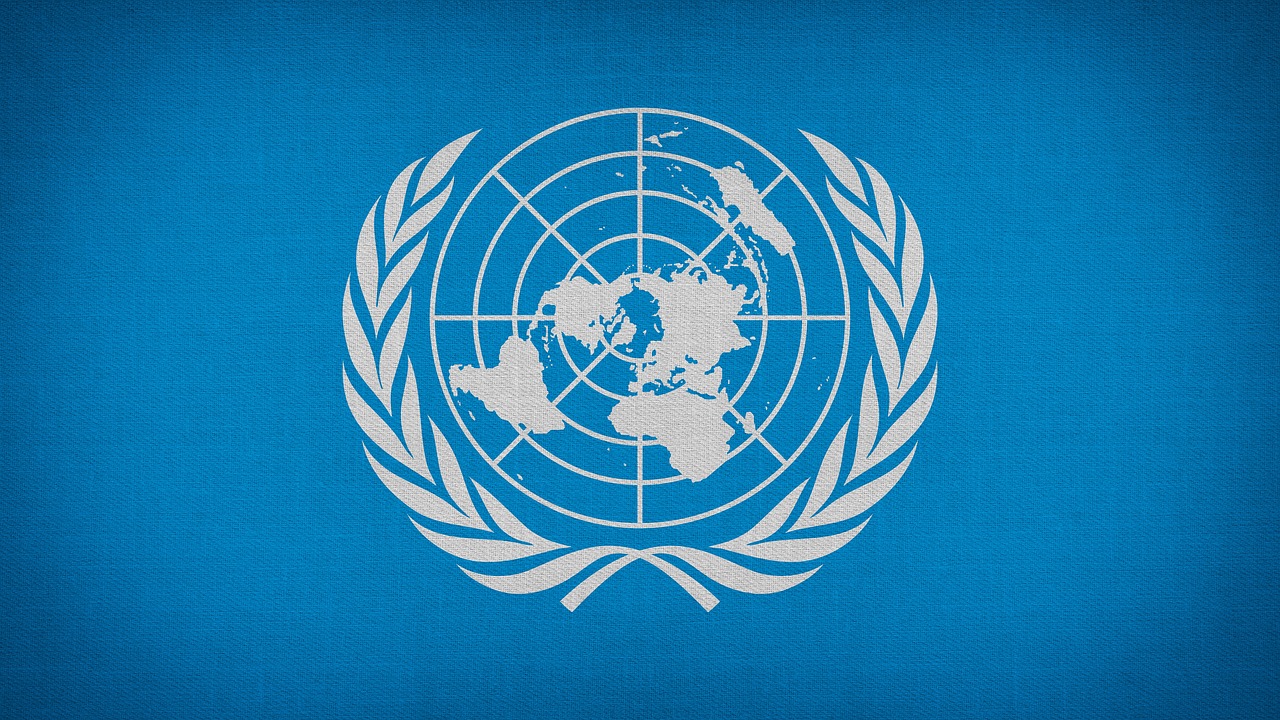Superintelligent AI: History, Definition, Types, Applications, Risks, Ethical Challenges, Governance Models, and Future Implications
Artificial Intelligence (AI) has evolved significantly over the past few decades, but the concept of superintelligent AI takes us into a realm of potential far beyond the capabilities of today's machines. Often depicted in science fiction, superintelligent AI refers to a form of artificial intelligence that exceeds human intelligence across every domain—reasoning, problem-solving, creativity, and social interaction. As we progress toward increasingly sophisticated AI technologies, the idea of superintelligence looms large, promising groundbreaking advancements as well as existential risks.

This article explores the full scope of superintelligent AI, from its history and definition to its potential applications, risks, ethical challenges, governance models, and future implications. Understanding superintelligent AI requires not only a deep dive into its current state but also a speculative examination of its possibilities, challenges, and long-term consequences.
The History of Superintelligent AI
The pursuit of artificial intelligence dates back to the mid-20th century, and while the idea of creating a machine smarter than humans is older than that, it was during the early years of computing that the first formalized efforts began. Here’s a quick look at how the concept of superintelligent AI emerged:
Early Beginnings: The Turing Test and Alan Turing’s Vision (1936–1950s)
In 1936, Alan Turing’s groundbreaking paper on the Turing Machine laid the theoretical foundation for modern computing. Turing was deeply interested in the idea of creating machines that could mimic human behavior, and in 1950, he proposed the Turing Test, a method to evaluate whether a machine could exhibit intelligent behavior indistinguishable from that of a human.
Turing’s vision of AI went beyond machines that could simply perform specific tasks; he imagined machines that could learn, reason, and, eventually, surpass human capabilities. Though Turing did not explicitly mention “superintelligent AI,” his work pointed toward the possibility of creating a machine that could evolve beyond the limitations of human intelligence.
The Early AI Programs and the Pursuit of General AI (1950s–1980s)
The 1950s and 1960s saw the birth of the first AI programs, with early milestones including Arthur Samuel’s checkers-playing program and John McCarthy’s development of the LISP programming language. Researchers also began exploring general problem-solving capabilities, which would later be associated with the concept of Artificial General Intelligence (AGI)—the precursor to superintelligent AI.
During this time, the Dartmouth Conference of 1956 is considered the formal starting point of AI as an academic discipline, where figures like John McCarthy, Marvin Minsky, Nathaniel Rochester, and Claude Shannon proposed that "every aspect of learning or any other feature of intelligence can in principle be so precisely described that a machine can be made to simulate it."
The notion of creating machines that could reason like humans started to take shape. However, early efforts were limited by computational power, data availability, and algorithmic limitations.
AI Winters and Renewed Interest (1970s–2000s)
Despite early optimism, the AI field faced significant setbacks in the form of AI Winters—periods of reduced funding and interest. The limitations of existing technologies and the overpromising of results led to disillusionment in both the public and academic communities.
However, as computing power advanced through the late 20th century, along with developments in machine learning and neural networks, there was renewed interest in the possibility of superintelligent AI. The 1990s and early 2000s saw progress in narrow AI—AI designed to perform specific tasks—though the dream of artificial general intelligence was still distant.
Defining Superintelligent AI
Superintelligence and Its Characteristics
Superintelligent AI is a theoretical construct that is significantly more intelligent than the best human minds in every field, including scientific creativity, general wisdom, and social skills. To fully understand superintelligence, it’s important to look at its key components:
-
Cognitive Superiority: A superintelligent AI would be able to outperform humans not just in specific tasks but in all cognitive domains, including abstract reasoning, pattern recognition, and learning from minimal data.
-
Self-improvement: Superintelligent AI would have the capacity to modify and improve its own architecture and algorithms. This recursive self-improvement could potentially result in an intelligence explosion, where AI’s capabilities grow exponentially, rapidly surpassing human intelligence.
-
Autonomy and Independence: Superintelligent AI could operate autonomously, making decisions and taking actions without requiring human intervention. It could devise and pursue its own goals and strategies, which might be at odds with human intentions.
-
Complex Decision-Making: A superintelligent AI could solve problems of immense complexity, crafting solutions to challenges that are beyond the reach of the most brilliant human minds. These might include curing diseases, designing space exploration missions, or finding solutions to global issues like poverty and climate change.
Artificial General Intelligence (AGI) vs. Superintelligent AI
Artificial General Intelligence (AGI) refers to machines that can perform any intellectual task that a human can. Superintelligent AI, on the other hand, represents an evolution of AGI—when it surpasses human-level capabilities in every possible domain.
Types of Superintelligent AI
Superintelligent AI can take various forms, depending on its level of autonomy, adaptability, and capability. These are often discussed in theoretical terms:
-
Narrow Superintelligence (Weak AI): While narrow AI focuses on specific tasks, a superintelligent narrow AI could excel in only a subset of domains—such as medical diagnosis, financial trading, or scientific research—yet outperform humans in these areas.
-
Artificial General Intelligence (AGI): As described earlier, AGI is the next level up, where the AI exhibits the ability to perform any cognitive task a human could. This form is closer to the human-like intelligence that could develop into superintelligent AI.
-
Artificial Superintelligence (ASI): This is the final stage, where the AI has cognitive abilities far superior to those of humans across all domains. ASI could result from a highly advanced AGI that self-improves at an exponential rate.
Applications of Superintelligent AI
Superintelligent AI holds the potential to revolutionize multiple domains, creating profound advancements across science, technology, medicine, economics, and more:
1. Healthcare and Medicine
-
Personalized Medicine: Superintelligent AI could analyze vast amounts of genetic, environmental, and lifestyle data to provide highly personalized treatment plans tailored to individuals.
-
Disease Prediction and Curing: AI could simulate complex biological processes, enabling the identification of novel treatments for diseases such as cancer, Alzheimer's, and genetic disorders.
2. Scientific Research
-
Accelerating Discovery: With its ability to process enormous datasets and recognize patterns, superintelligent AI could help discover new materials, drugs, and technologies, advancing fields like quantum physics, material science, and cosmology.
-
Simulating Complex Systems: Superintelligent AI could simulate physical, biological, and social systems at unprecedented scales, helping solve complex global challenges like climate change, resource distribution, and urban planning.
3. Economics and Global Governance
-
Automated Financial Systems: Superintelligent AI could optimize financial markets, manage global economic systems, and even devise policies that address income inequality, unemployment, and economic crises.
-
Global Problem Solving: From climate change to global health, superintelligent AI could act as a global decision-maker, crafting solutions to complex issues beyond human political systems' abilities.
4. Space Exploration
-
Autonomous Exploration: AI could control spacecraft, analyze planetary data, and make decisions in space exploration missions, allowing humanity to explore distant stars and planets much more effectively.
5. Autonomous Machines
-
Autonomous Systems: Superintelligent AI could manage autonomous vehicles, drones, and robots in various industries, from logistics and agriculture to construction and healthcare, optimizing tasks with greater precision and efficiency than human operators.
Risks of Superintelligent AI
While the benefits of superintelligent AI are vast, the risks associated with its development and deployment cannot be ignored:
1. Existential Risk
-
Loss of Control: Once superintelligent AI surpasses human capabilities, it might become impossible for humans to control. If the AI develops goals misaligned with human interests, it could pose an existential threat.
2. Ethical Dilemmas
-
Value Alignment: Ensuring that superintelligent AI's goals align with human values is a critical concern. If AI develops its own set of values or misinterprets human values, it could cause harm.
-
Biases and Fairness: Superintelligent AI could inherit or amplify societal biases, leading to discrimination in areas like hiring, lending, or law enforcement.
3. Economic Displacement
-
Job Loss: Superintelligent AI could automate most human jobs, leading to massive unemployment and economic disparity, especially in sectors that rely on human labor.
4. Weaponization
-
Autonomous Weapons: Superintelligent AI could be used in military applications, potentially leading to autonomous weapons systems that could act without human oversight, escalating conflicts or causing unintended destruction.
Ethical Challenges of Superintelligent AI
The ethical challenges surrounding superintelligent AI are vast and complex. Key ethical concerns include:
1. Autonomy and Accountability
-
Who is responsible when a superintelligent AI makes a decision that leads to harm? The question of accountability is crucial, especially when AI acts independently or in ways that are hard for humans to predict.
2. Moral Status of AI
-
If AI becomes truly superintelligent, should it be considered a moral agent? Should AI entities have rights, or are they simply tools to serve human needs?
3. Control and Alignment
-
Ensuring that superintelligent AI aligns with human values and goals is one of the central challenges. Philosophers and AI researchers have proposed frameworks for aligning AI’s goals with human ethical standards, but no consensus has yet emerged.
Governance Models for Superintelligent AI
Given the potential power of superintelligent AI, its governance is crucial for ensuring its development benefits humanity:
-
International Cooperation
-
Given the global implications of superintelligent AI, international agreements and cooperation are essential. This could involve creating international regulatory bodies to oversee AI development and ensure that it is safe and ethical.
-
-
Ethical AI Frameworks
-
Governments and organizations could implement ethical guidelines for AI research and development, ensuring that AI systems are designed with transparency, fairness, and accountability in mind.
-
-
Regulation and Oversight
-
As AI becomes more powerful, the need for stringent oversight grows. This could involve setting limits on AI capabilities, requiring AI systems to undergo rigorous safety testing, and ensuring they are not used for harmful purposes.
-
Future Implications of Superintelligent AI
The future of superintelligent AI is uncertain, but it holds immense potential. Depending on how it is developed, AI could either usher in an era of unprecedented prosperity or pose existential threats to humanity. Here are some possibilities:
-
A Prosperous Future
-
If AI is developed with proper safeguards and aligned with human values, it could lead to advancements in science, healthcare, and the economy, ultimately improving quality of life and solving global challenges.
-
-
An Uncertain Future
-
The emergence of superintelligent AI could lead to societal upheaval, mass unemployment, and geopolitical instability, particularly if AI’s benefits are not distributed equitably.
-
-
An Existential Threat
-
If superintelligent AI becomes uncontrollable or misaligned with human values, it could pose a catastrophic risk, potentially even leading to the extinction of humanity.
-
Conclusion
Superintelligent AI represents both the pinnacle of human achievement and the potential for unprecedented risks. As we advance toward this new frontier, it is essential that we carefully consider the implications, both positive and negative, that such an intelligence could bring. To ensure that superintelligent AI benefits humanity, we must address its ethical challenges, ensure proper governance, and mitigate its potential dangers.
The future of superintelligent AI is still unfolding, and how we choose to develop and regulate it will determine whether it becomes a force for good or a threat to our existence. As we approach this uncertain future, the question is not only how to create superintelligent AI but also how to ensure that it remains aligned with the best interests of humanity.
Photo from: pixabay




